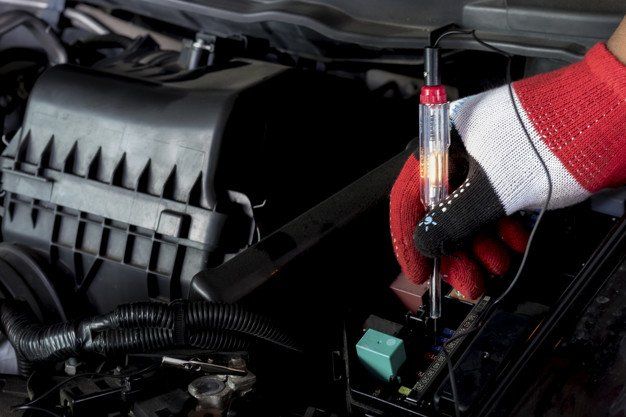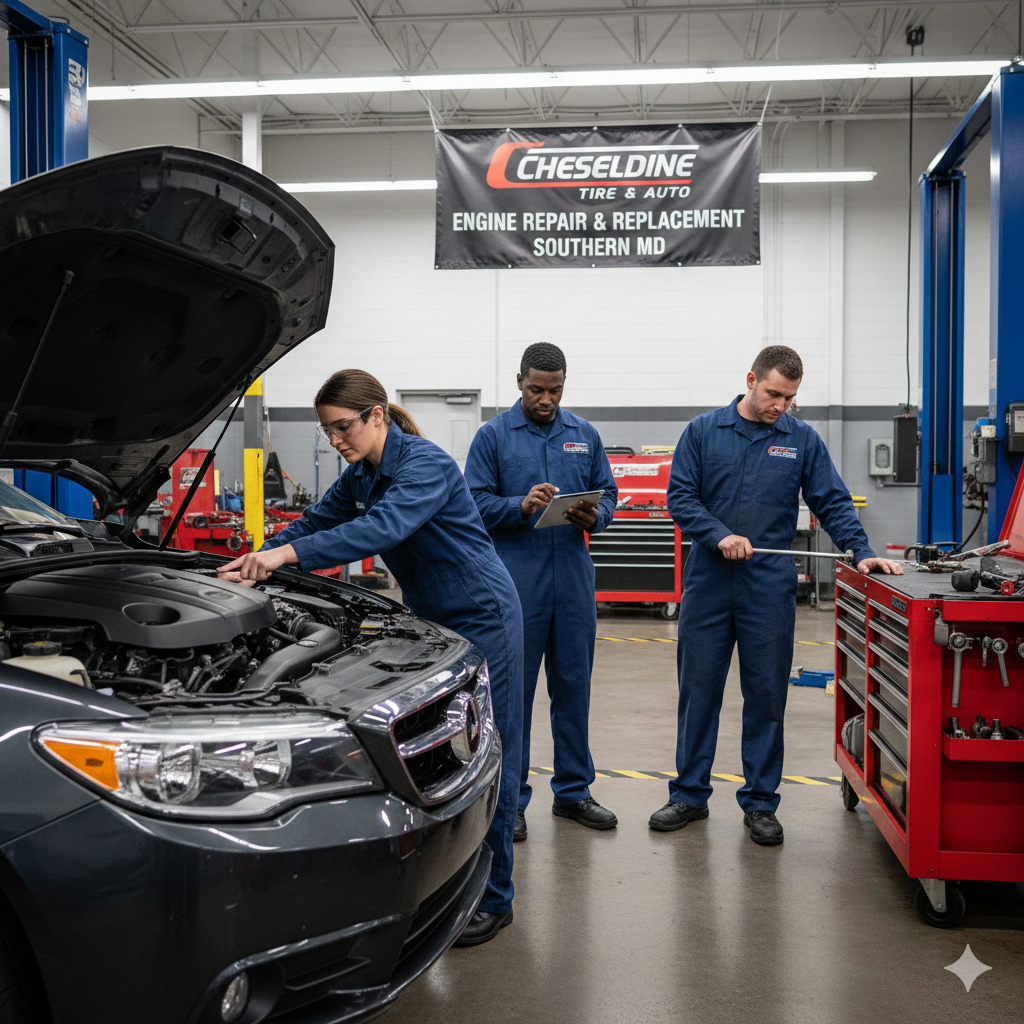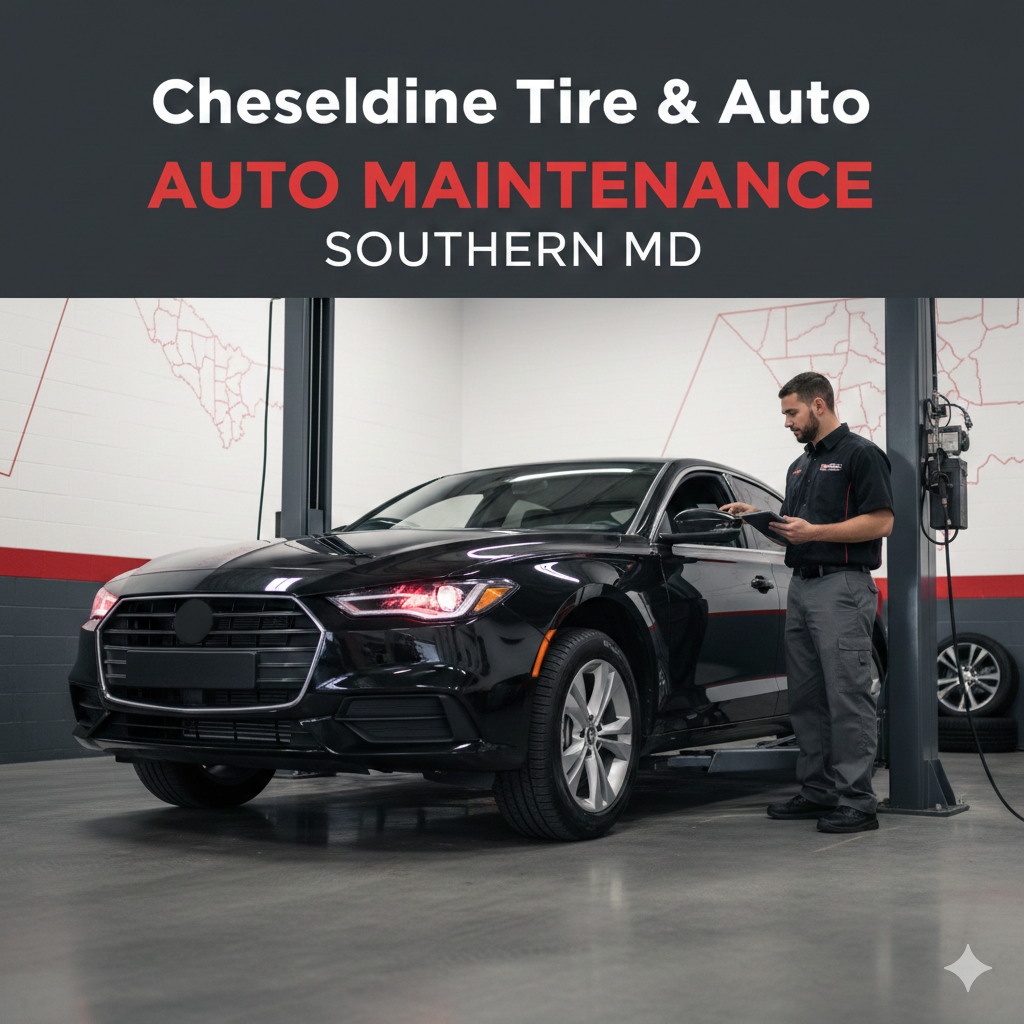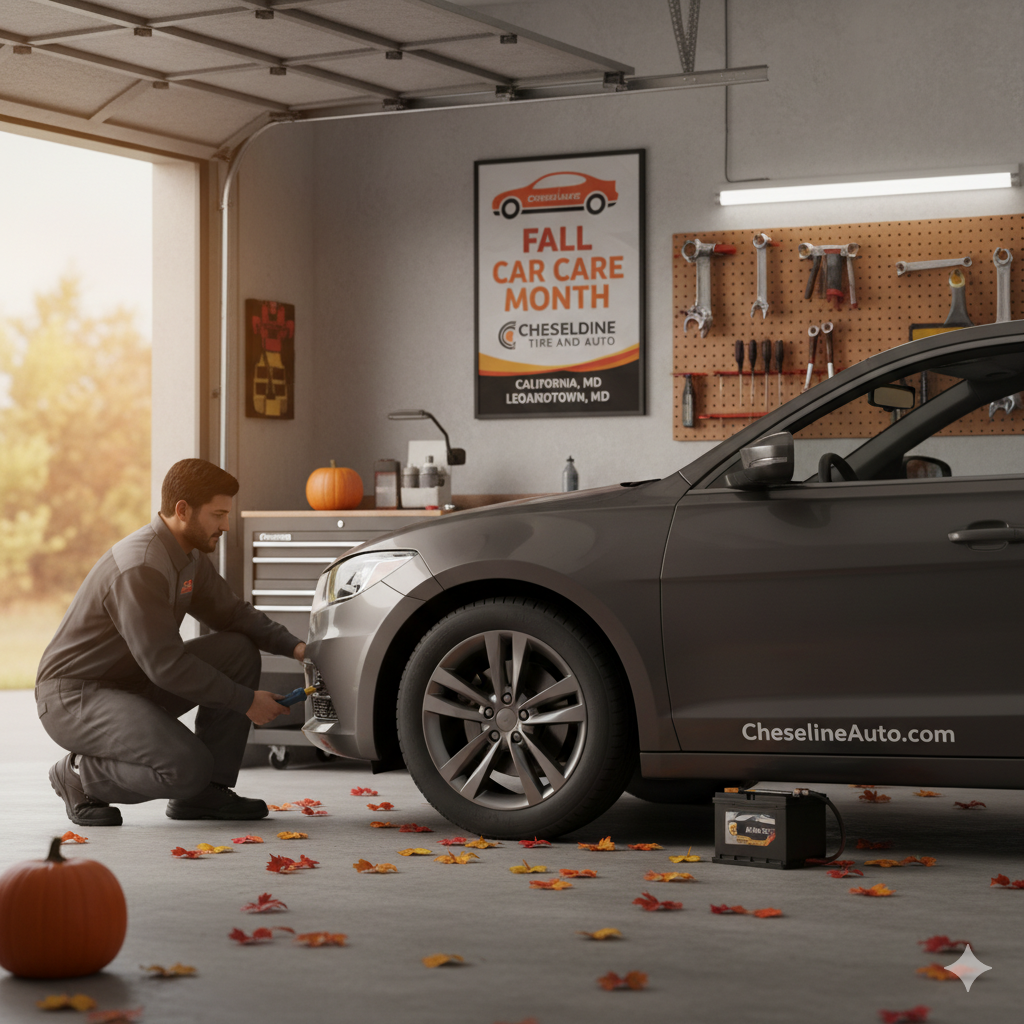Car fuses Modern automobiles are technological marvels that rely on electrical components more than ever before. According to The Family Handyman, vehicles have 40 or more fuses grouped in two or more places.
Just like fuses in a home’s electrical panel, automotive fuses stop excessive current flow that can overheat circuits, damage equipment or cause fires. Any electrical component in a vehicle, such as the radio or headlights, are tied to a fuse.
When something goes awry with automotive electrical components, drivers may be quick to believe the components themselves or even the car’s battery or alternator are to blame. Mechanics say that it’s entirely possible that a blown fuse is the cause of the problem. Simply checking and/or replacing the fuse can alleviate the issue.
Finding the fuses
The location of the fuse box depends on the make and model of the vehicle. Drivers should consult their owner’s manual to learn where the fuse boxes are located. Some vehicles have two fuse boxes that serve different purposes. Engine compartment fuse boxes protect certain engine components, including the anti-lock brake pump. Fuses inside or beneath the dashboard may protect dome lights or the air conditioning system.
According to How a Car Works, the individual fuses in the box are typically numbered. That makes it easier for drivers to determine which vehicle components aren’t working. If the fuses are not numbered, then it’s a matter of removing fuses to see which circuits stop working to help narrow down the issue.
Replacing fuses
Vehicles may have different types of fuses. It’s important to know which ones are in the car so you can get the right replacement.
“Blade” fuses are common and have a conductive horseshoe-shaped metal strip that runs through an outer plastic housing. If the metal strip appears broken, the fuse is no good.
Cylindrical glass fuses are found in some cars. They’re also known as “Buss” fuses. If the metal strip that runs down the center is broken, the fuse needs to be replaced.
Older European cars have ceramic fuses built with an outer copper conductive surface. The narrow part of the copper piece breaks in the middle when the fuse blows.
Regardless of their design, fuses will be clearly labeled with their ampere ratings, according to CarID. Physically remove the fuse using a small, specially shaped fuse puller tool that may be included inside the fuse box. Replace the fuse with one of the same amperage by gently pushing it into place.
If the new fuse blows relatively quickly after replacement, or multiple fuses blow at one time, a larger current issue may be the problem. Consult a mechanic at Cheseldine Tire and Auto in this instance
CATEGORIES : AUTO MAINTENANCE, AUTO REPAIR, CAR CHECK UP, CAR FUSES, TIRE REPAIR IN SOUTHERN MD











